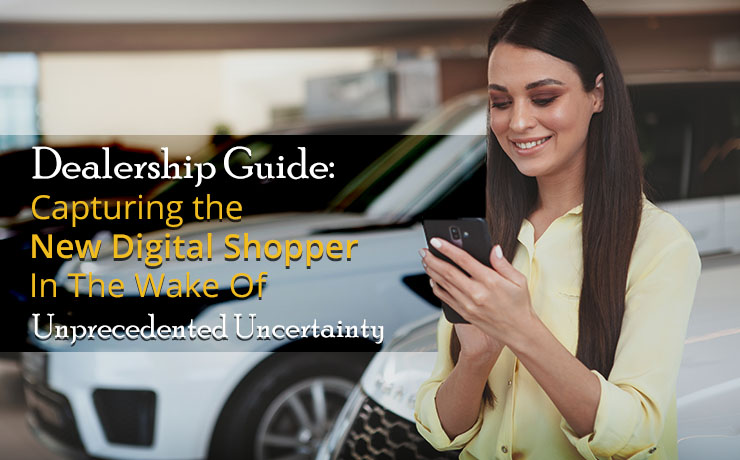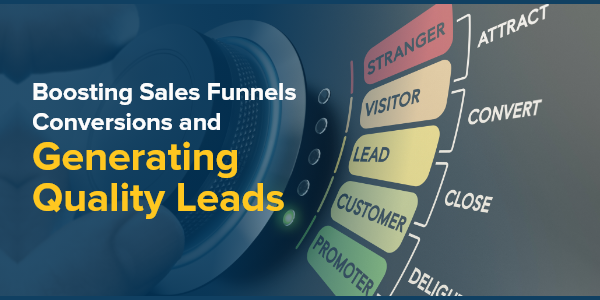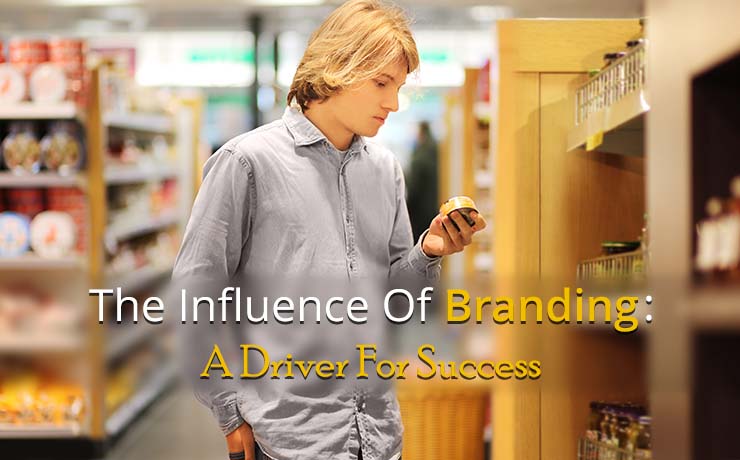Dealership Guide: Capturing the New Digital Shopper in the Wake of Unprecedented Uncertainty

Alex Melen
Co-Founder

As many state regulations were put in place, dealerships across the country were shut down – closing showrooms and the ability for dealers to move metal. Yet, consumers did not stop shopping – or purchasing – vehicles as a new need for transportation emerged: the ability to travel safely from the comfort of their own vehicle, and a new way to purchase — online.
Auto shoppers turned to Google to understand if they could – or should – purchase a car: We saw ‘Is now a good time to buy a car?’ spike 900% in March when the pandemic hit.
As we enter the last month of 2020 – dealing with a COVID resurgence and election uncertainty, it is as good time as any to come to terms that vehicle buying has changed. Not only has it changed “for now” but it has changed forever.
And as consumers become more comfortable in this new normal, there has been an interesting shift in the market. People are buying cars for new reasons – such as personal safety and health reasons – and new demographics of people are buying. A recent Cars.com survey reported that 20% of respondents who didn’t own their own car were considering purchasing one.
We can see how far we’ve come with a simple metric – in 2018 only 1% of car sales in the US were made online. In March of 2020, nearly 1 in 10 car sales were made online. It’s forecasted that 25% of car purchases will be made online by 2025.[1]
So who are these “new” digital-embracing consumers? How are they going to be shopping? Well, 63% of new purchasers said they would consider ordering their future car purchase online and having it be delivered to their home. 73% said they are comfortable negotiating purchase, lease, or financing terms completely online or through a mix of online and offline. [2]
While some in the automotive space see this as an existential threat, it’s in fact an opportunity to survive, evolve and thrive. Is there a secret formula to accomplish this? Any specific timing on when things will change again? Unfortunately, no. But working with thousands of clients across every single industry, I will give you my play book to succeed for this holiday season and going forward.
1. Short term: Be flexible.
Consumers are going to have different comfort levels – some will embrace digital more then others. Be flexible, understanding and empathetic with both the way you approach the consumers and with your marketing messaging. Offer flexible purchase options, pickup/drop off options and so forth. If a consumer wants to discuss financing over the phone instead of coming in, be ready to do that. And not only should you be ready to do all of this – you should be conveying this on your website and in all of your marketing.
2. Mid-term: Be Agile.
If there is one thing that’s certain, it’s that we will have more uncertainty in the next 3, 6 and even 12 months then we’ve ever had before. By most metrics, more-so then we had in the last 6 months. Nobody can predict all of the trends, but you can be agile in it. Make sure you review your marketing and messaging on a regular basis. What’s important to the consumer next month might be different then what’s important to them today. Be ready to spot trends in real-time and take action on them.
3. Long-term: Be transformative.
The digital transformation is here.
“Clearly COVID has dramatically accelerated digital adoption,” Gass says. “I mean, some would say, five-plus years what it typically would have taken across all demographics.” – Michelle Gass CEO Kolh’s Nov 5th, 2020.
You need to reimagine what the purchase experience looks like for the shopper. How are you creating a frictionless online experience, educating your customers and connecting your messaging across all tiers? How are you capturing demand in a dynamic way? Doing all of this will require smarter automation that can make actionable sense of data and signals, in real time, at scale. The path forward for auto is to offer shoppers the choice of moving frictionlessly between online and offline experiences in the customer journey.
I believe what will separate those who thrive vs. those who fail in the next 5 years will be determined by how good are you at capturing data, turning it into actionable insights, and altering your business operations based on that. At the same time, it’s important to not only understand and accommodate the new digital consumer (who will range from those who are purely digital to those who move back and forth), but to also communicate your accommodations in all that you do (website, all levels of marketing, etc..).
So how do you succeed with your marketing in with the new digital paradigm?
Succeed by upping your measurement game. Establish your business objective and align high value action KPIs and store visit measurement strategies to understand the entire journey and signals of an auto buyer.
Succeed by adopting automation. Adopt bidding and targeting tools to help you drive better performance while maintaining strong privacy controls.
Succeed by focusing on cross tier customer centricity. Deploy a frictionless, customer-led, end to end online auto shopping and purchase experience supported with marketing across tiers.
Succeed by identifying how the industry’s new but somewhat standardized buying tools are not so similar at your dealership. Work closely with your internal marketing personnel and outside Agency/Consultant providers to carefully craft your unique identity in an ever crowded space of online car sellers.
“One thing in dealership marketing and messaging has not changed: clearly communicating the inherent Differences between your store and the competition will empower your marketing efforts and dollars to attract more customers than your competitors.” This, according to Chris Anderson at Anderson Advertising, a 30-year agency in Automotive marketing.
It’s clear that auto brands have survived ups and downs in the market and other crisis before but COVID has thrust the auto industry into a new paradigm of doing business. Brands that will develop an e-commerce foundation, power of the program and deliver tireless marketing will be the ones that succeed in the future.
[1] Google/Kantar Automotive Path to Purchase, U.S., 2020 New Vehicle Purchasers n=1,000. https://discover.jdpa.com/covid19-elevates-automotive-digital-retail-activity
[2] Google/Kantar Automotive Path to Purchase, U.S., 2020 New Vehicle Purchasers n=1,000. https://discover.jdpa.com/covid19-elevates-automotive-digital-retail-activity









